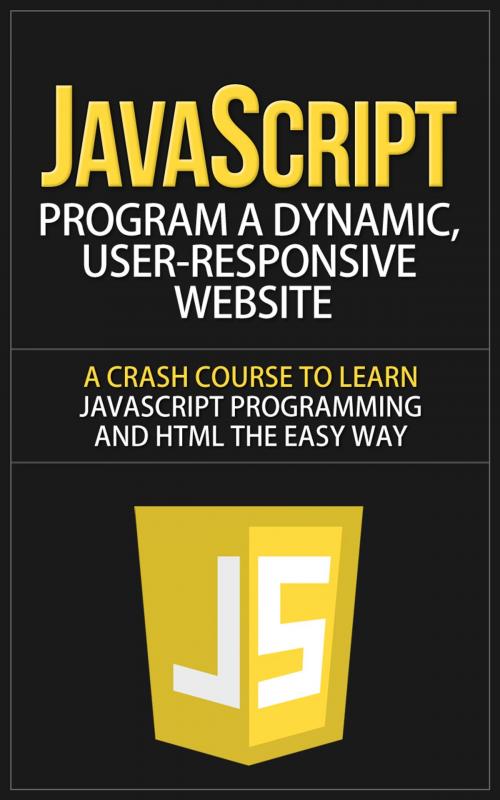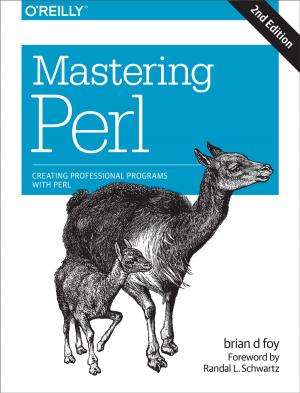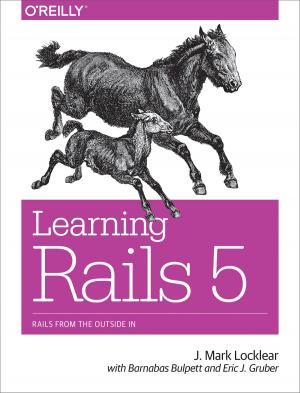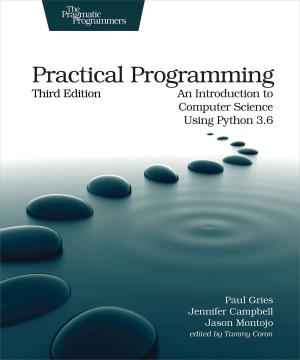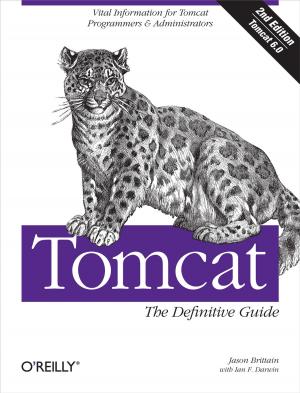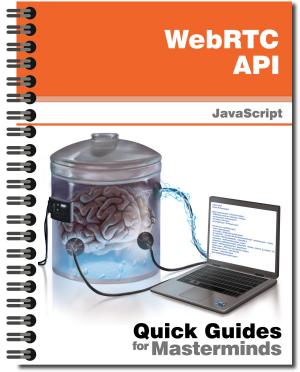JavaScript - Program a Dynamic, User-Responsive Website - A Crash Course to Learn JavaScript Programming and HTML the Easy Way
Nonfiction, Computers, Internet, Web Development, Java, Programming, Programming Languages| Author: | Anton Romanov | ISBN: | 1230002095479 |
| Publisher: | Anton Romanov | Publication: | January 16, 2018 |
| Imprint: | Language: | English |
| Author: | Anton Romanov |
| ISBN: | 1230002095479 |
| Publisher: | Anton Romanov |
| Publication: | January 16, 2018 |
| Imprint: | |
| Language: | English |
Released by Netscape and Sun Microsystems in the mid-90’s (1995), JavaScript is an object scripting language, used in web pages with markup language HTML. JavaScript is an object-based programming language that is very popular today, as it is adopted universally by every web browser, allowing dynamic content to get executed in a webpage. In reality, as JavaScript built its success worldwide with its integration into web browsers, the programming skills became more important to work with this language. Therefore, a web designer can’t ignore the importance of JavaScript language as a decisive tool to grant you every kind of solution.
For example, it gets a web page to respond or react directly to the user interaction not only with form elements, but also hypertext links . It distributes small collections of database information and grants a friendly interface to the data. JavaScript also controls multiple-frame navigation, plug-ins, and Java applets, based on user choices in the HTML document. Its contribution is made by preprocessing data on the client before submission to a server and by helping the dynamic and instant change of the content and style in each of the modern browsers in response to the user’s interaction. Finally, JavaScript requests files from the server and makes the requests of server-side scripts read and written.
As you can see, JavaScript stands unique, and its role can never be denied, as JavaScript can act as both an object oriented language and a procedural language. This manual aims to help you discover the full potential of the JavaScript language, helping you learn how to turn the content of a static page into an interactive, engaging, and intelligent experience. In reality, we will approach the most crucial tasks required to every programmer, such as showing, hiding, changing, or resizing images. Not only that, you can learn how to create image rollovers and scrolling texts across the status bar .
We hope this manual can help you reach JavaScript’s full potential, as it plays a very important role all around the world. Truly, JavaScript is the key to producing pages customized to the user and where the creation of pages dynamically based on the user's choices is allowed.
You will find out more in the first chapter.
Let’s get started!
Released by Netscape and Sun Microsystems in the mid-90’s (1995), JavaScript is an object scripting language, used in web pages with markup language HTML. JavaScript is an object-based programming language that is very popular today, as it is adopted universally by every web browser, allowing dynamic content to get executed in a webpage. In reality, as JavaScript built its success worldwide with its integration into web browsers, the programming skills became more important to work with this language. Therefore, a web designer can’t ignore the importance of JavaScript language as a decisive tool to grant you every kind of solution.
For example, it gets a web page to respond or react directly to the user interaction not only with form elements, but also hypertext links . It distributes small collections of database information and grants a friendly interface to the data. JavaScript also controls multiple-frame navigation, plug-ins, and Java applets, based on user choices in the HTML document. Its contribution is made by preprocessing data on the client before submission to a server and by helping the dynamic and instant change of the content and style in each of the modern browsers in response to the user’s interaction. Finally, JavaScript requests files from the server and makes the requests of server-side scripts read and written.
As you can see, JavaScript stands unique, and its role can never be denied, as JavaScript can act as both an object oriented language and a procedural language. This manual aims to help you discover the full potential of the JavaScript language, helping you learn how to turn the content of a static page into an interactive, engaging, and intelligent experience. In reality, we will approach the most crucial tasks required to every programmer, such as showing, hiding, changing, or resizing images. Not only that, you can learn how to create image rollovers and scrolling texts across the status bar .
We hope this manual can help you reach JavaScript’s full potential, as it plays a very important role all around the world. Truly, JavaScript is the key to producing pages customized to the user and where the creation of pages dynamically based on the user's choices is allowed.
You will find out more in the first chapter.
Let’s get started!
